In memoriam: architect Sir Michael Hopkins (1935 – 2023)
Sir Michael Hopkins died in London on 17 June 2023; here, we celebrate his long, pioneering career in architecture
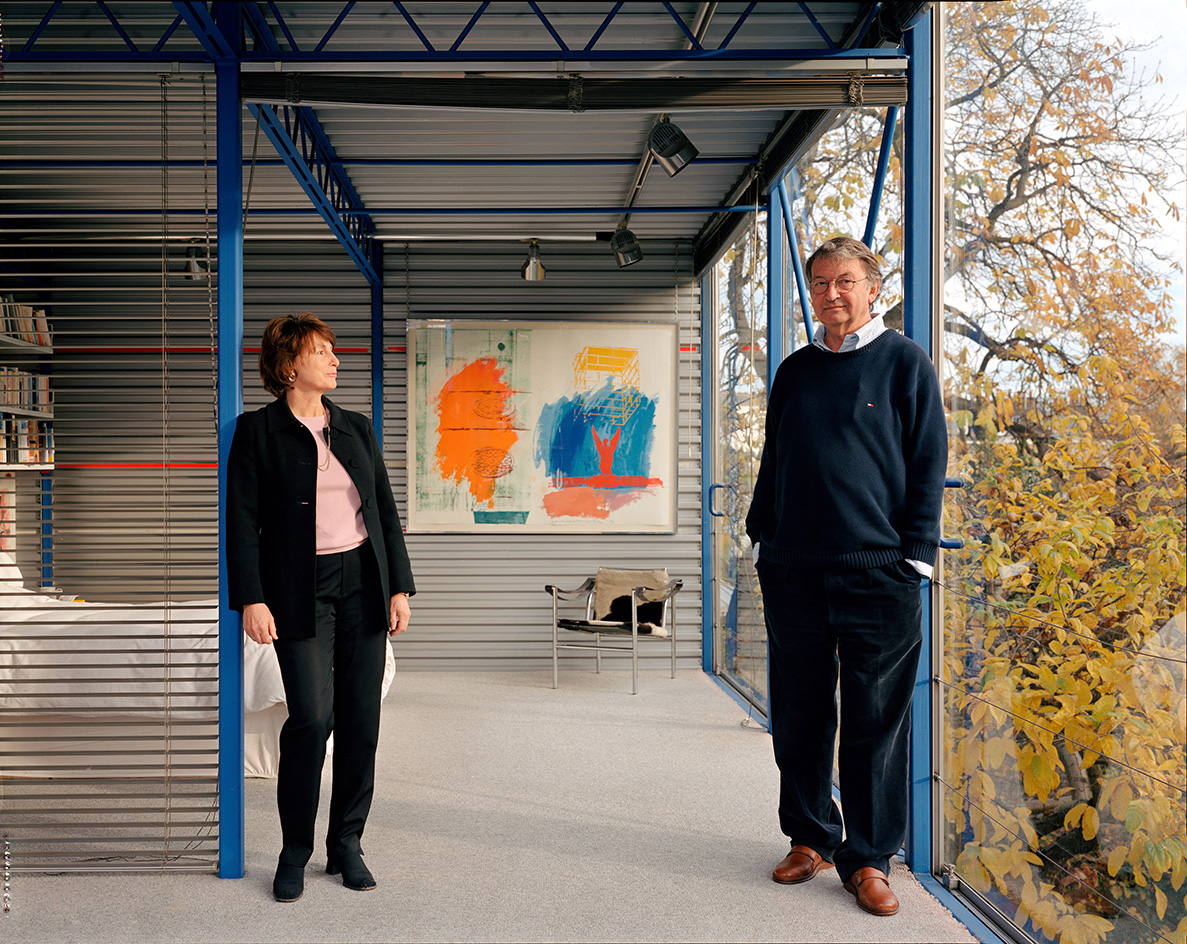
Architect Sir Michael Hopkins died 'peacefully on 17 June 2023 at the age of 88, surrounded by his family', it has been announced. The pioneering figure of 20th-century architecture worked in the UK and abroad on era-defining projects that won him many accolades, including the prestigious RIBA Royal Gold Medal in 1994 (the same honour was this year awarded to Yasmeen Lari); a CBE in 1989, followed by a knighthood in1995 for services to architecture; and he was elected a Royal Academician in 1992.

Michael Hopkins: an architectural pioneer
Michael Hopkins founded London studio Hopkins Architects together with his architectural partner and wife Patty Hopkins (the duo share the RIBA Gold Medal recognition) in 1976. Along with several established British architects who set up a practice around the same time (including Richard Rogers, Norman Foster, Nicholas Grimshaw and Terry Farrell), the Hopkinses are widely considered key proponents of and instrumental in developing the High Tech movement that defined much of the 20th century – the pair's own home, Hopkins House, in north London's Hampstead, is an important early example of the genre.
'I first met Michael in the AA refectory – he was a tall, stylish, somewhat enigmatic figure. We worked together and shared a life with a beautiful family for 61 years. Michael was obsessive about architecture and tenacious in refining a design until he was absolutely satisfied with it. He was usually (and annoyingly) right. He made the world - and the buildings so many people live work, and learn in - more beautiful. We will miss him more than we can imagine,' said Patty Hopkins.
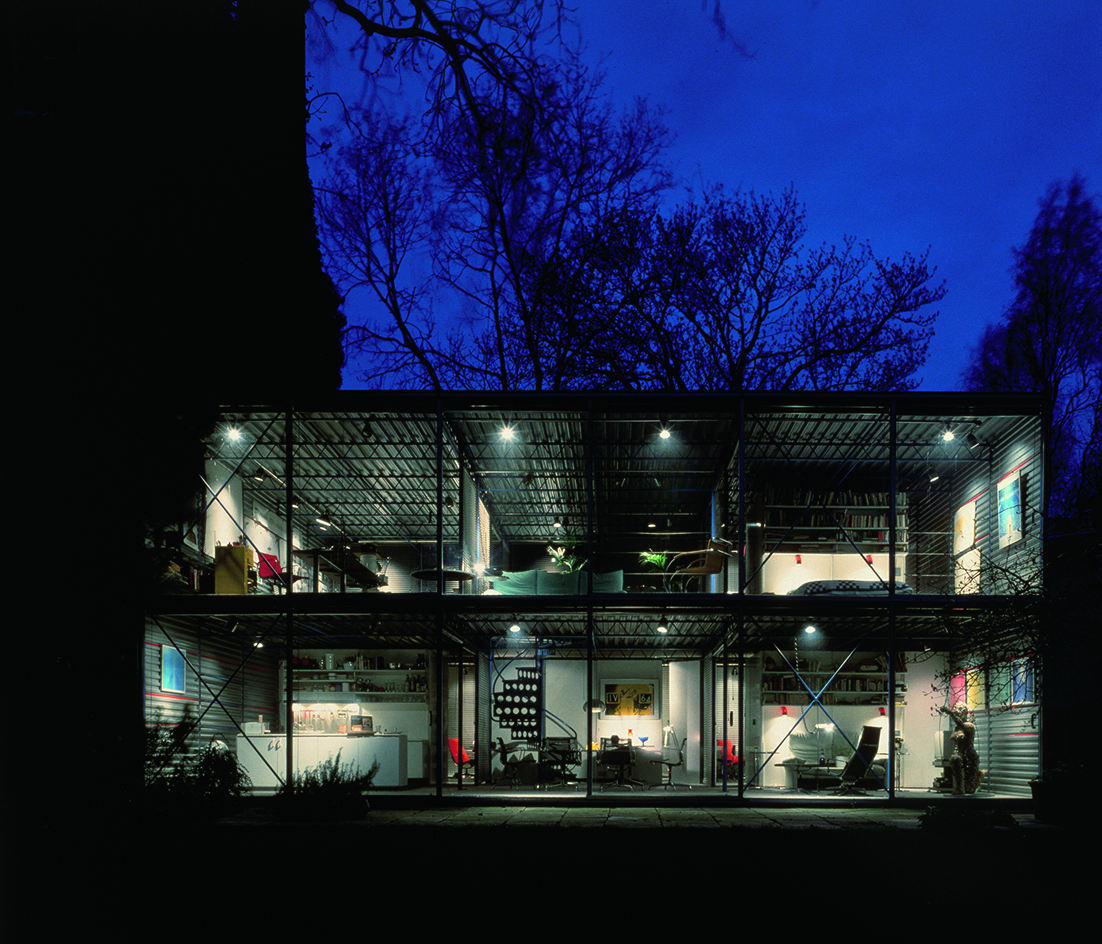
Hopkins House
Hopkins House's open plan, boxy shape and utilitarian, almost industrial look are now iconic, and received a Grade II* listing in 2018. The project was completed soon after the couple had founded their practice.
More work soon followed, with seminal examples in the Hopkins portfolio including the Lord's Cricket Ground Mound Stand (1987), Westminster Underground Station (1999), Portcullis House (1999), Kroon Hall in Yale, and the Long House for Living Architecture (2011).

Hopkins House
In a statement, the principals at Hopkins Architects said: 'Michael will be sadly missed by all of us who were lucky enough to have worked with him. He was consistently rigorous in his thinking, brilliant in his analysis and fearlessly creative in his designing. To have worked with him on so many projects was an education like no other and an absolute privilege.
'With Michael the process was always intensely focused and the conversation that led to the buildings always began as a voyage of discovery typically centred on establishing a sense of place, about how to make historic connections, how to put the materials together in an honest and contemporary way so that the building would appear calm and make immediate sense to the end user. Nothing was ever taken for granted. He was greatly respected both as an architect and as a person of integrity and we will all miss him enormously.'
Receive our daily digest of inspiration, escapism and design stories from around the world direct to your inbox.
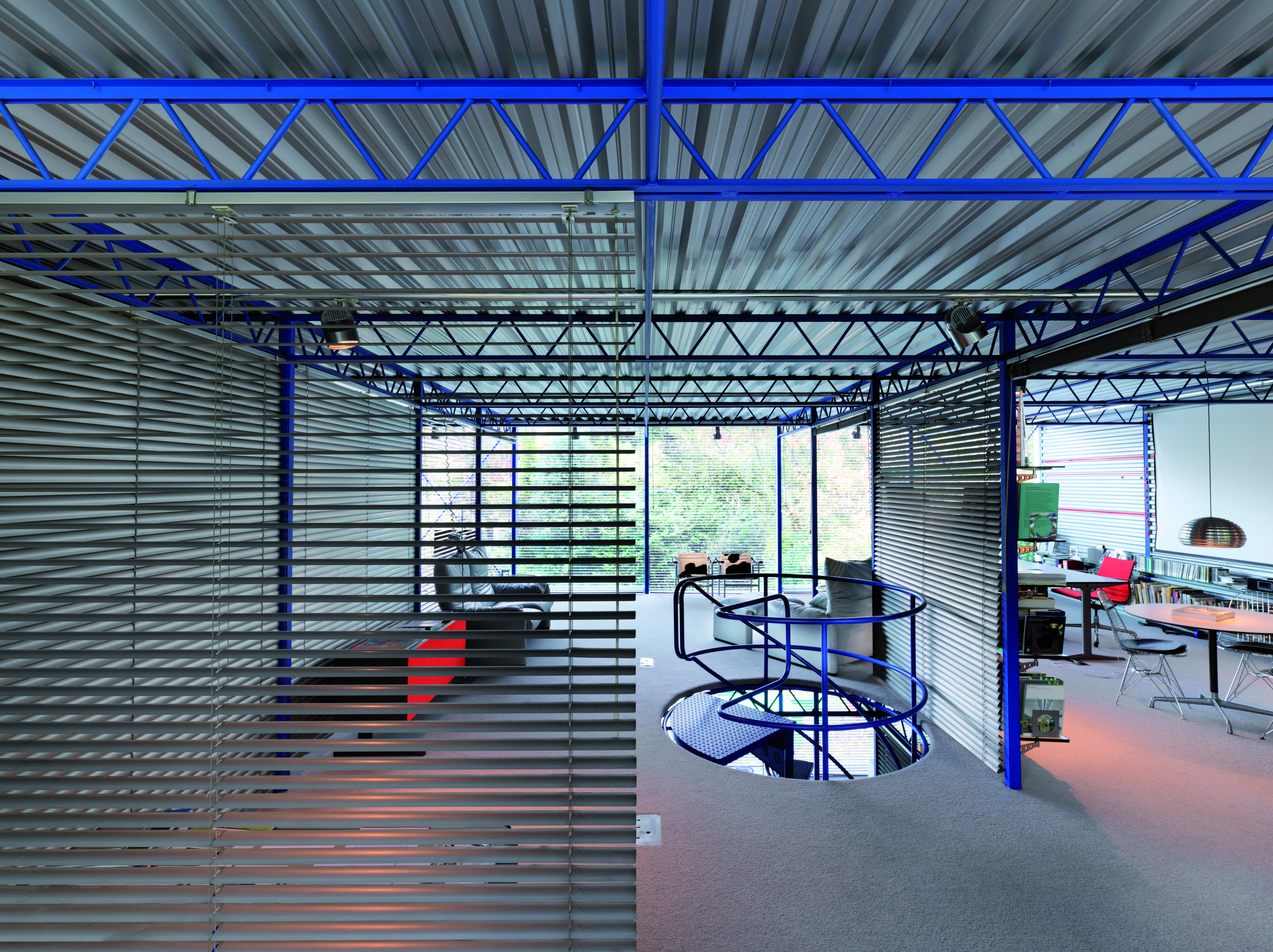
Hopkins House
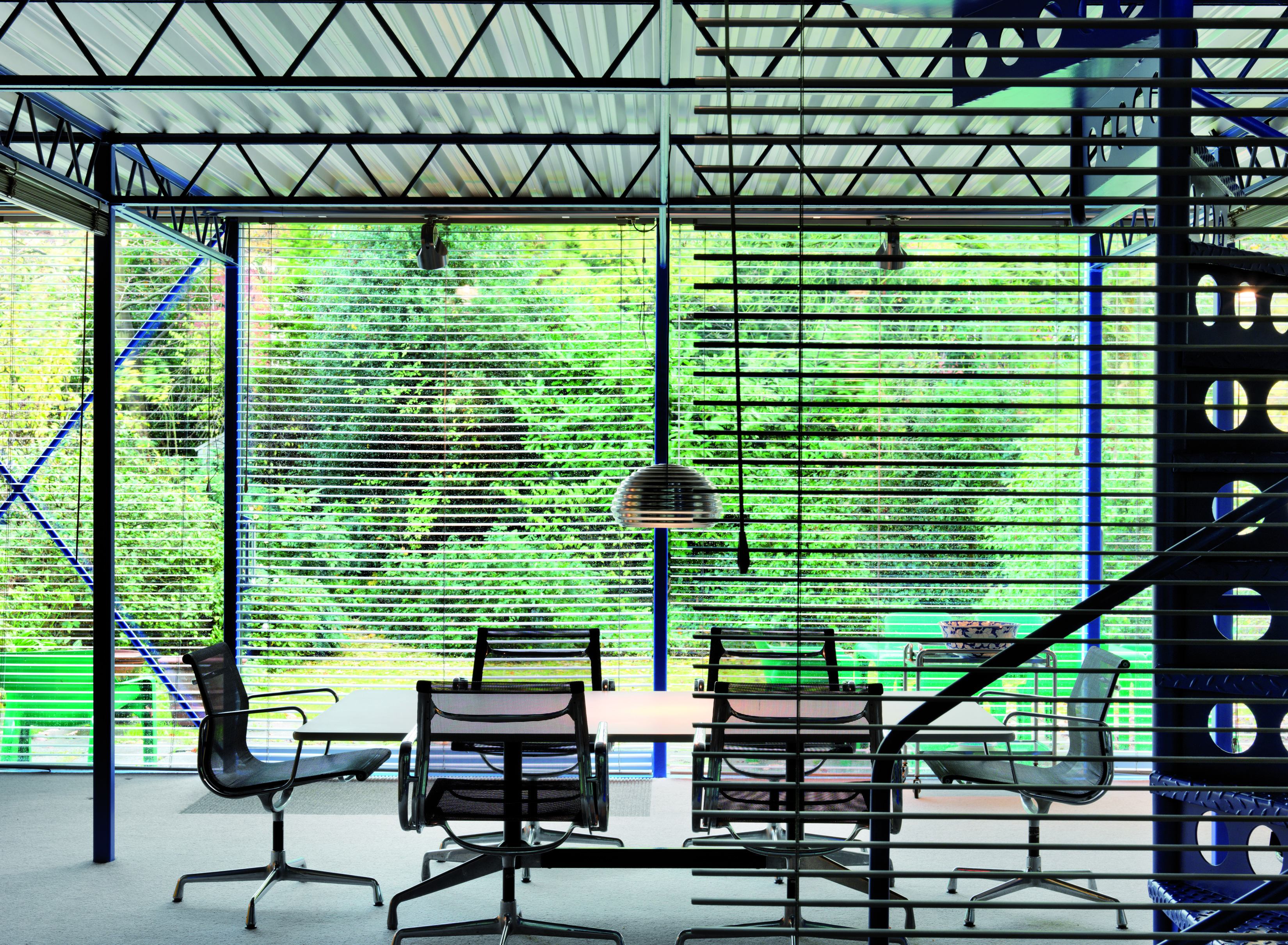
Hopkins House
Ellie Stathaki is the Architecture & Environment Director at Wallpaper*. She trained as an architect at the Aristotle University of Thessaloniki in Greece and studied architectural history at the Bartlett in London. Now an established journalist, she has been a member of the Wallpaper* team since 2006, visiting buildings across the globe and interviewing leading architects such as Tadao Ando and Rem Koolhaas. Ellie has also taken part in judging panels, moderated events, curated shows and contributed in books, such as The Contemporary House (Thames & Hudson, 2018), Glenn Sestig Architecture Diary (2020) and House London (2022).
-
 In Norway, discover 1000 years of Queer expression in Islamic Art
In Norway, discover 1000 years of Queer expression in Islamic Art'Deviant Ornaments' at the National Museum of Norway examines the far-reaching history of Queer art
-
 The Wilke is LA’s answer to the British pub
The Wilke is LA’s answer to the British pubIn the Brentwood Village enclave of Los Angeles, chef and restaurateur Dana Slatkin breathes new life into a storied building by one of Frank Gehry’s early mentors
-
 Top 10 gadgets of 2025, as chosen by technology editor Jonathan Bell
Top 10 gadgets of 2025, as chosen by technology editor Jonathan BellWhat were the most desirable launches of the last 12 months? We’ve checked the archives to bring you this list of the year’s ten best devices
-
 Arbour House is a north London home that lies low but punches high
Arbour House is a north London home that lies low but punches highArbour House by Andrei Saltykov is a low-lying Crouch End home with a striking roof structure that sets it apart
-
 In addition to brutalist buildings, Alison Smithson designed some of the most creative Christmas cards we've seen
In addition to brutalist buildings, Alison Smithson designed some of the most creative Christmas cards we've seenThe architect’s collection of season’s greetings is on show at the Roca London Gallery, just in time for the holidays
-
 The Architecture Edit: Wallpaper’s houses of the month
The Architecture Edit: Wallpaper’s houses of the monthFrom wineries-turned-music studios to fire-resistant holiday homes, these are the properties that have most impressed the Wallpaper* editors this month
-
 A refreshed 1950s apartment in East London allows for moments of discovery
A refreshed 1950s apartment in East London allows for moments of discoveryWith this 1950s apartment redesign, London-based architects Studio Naama wanted to create a residence which reflects the fun and individual nature of the clients
-
 David Kohn’s first book, ‘Stages’, is unpredictable, experimental and informative
David Kohn’s first book, ‘Stages’, is unpredictable, experimental and informativeThe first book on David Kohn Architects focuses on the work of the award-winning London-based practice; ‘Stages’ is an innovative monograph in 12 parts
-
 100 George Street is the new kid on the block in fashionable Marylebone
100 George Street is the new kid on the block in fashionable MaryleboneLondon's newest luxury apartment building brings together a sensitive exterior and thoughtful, 21st-century interiors
-
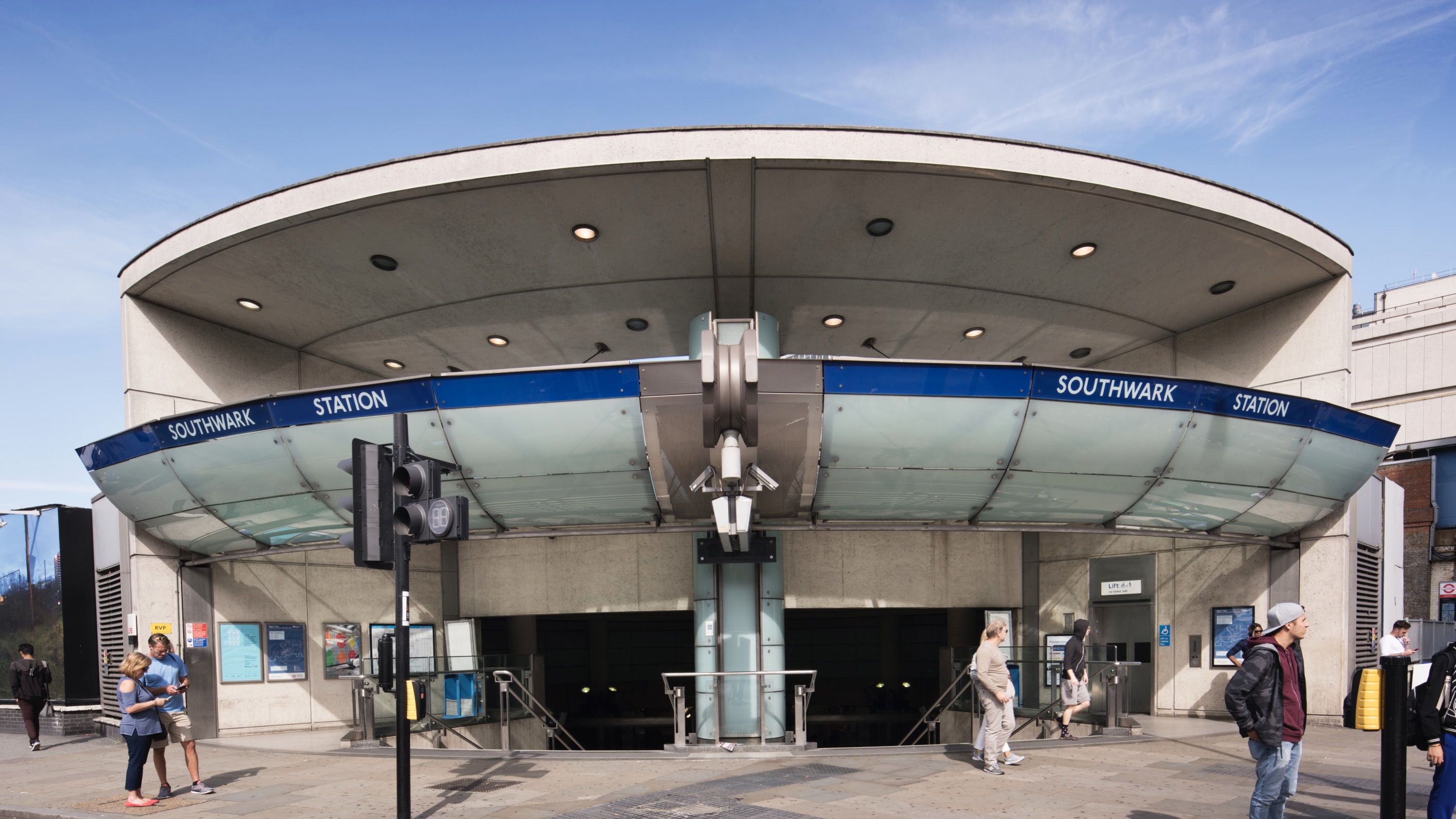 Futuristic-feeling Southwark Tube Station has been granted Grade II-listed status
Futuristic-feeling Southwark Tube Station has been granted Grade II-listed statusCelebrated as an iconic piece of late 20th-century design, the station has been added to England’s National Heritage List
-
 Archiboo Awards 2025 revealed, including prizes for architecture activism and use of AI
Archiboo Awards 2025 revealed, including prizes for architecture activism and use of AIArchiboo Awards 2025 are announced, highlighting Narrative Practice as winners of the Activism in architecture category this year, among several other accolades